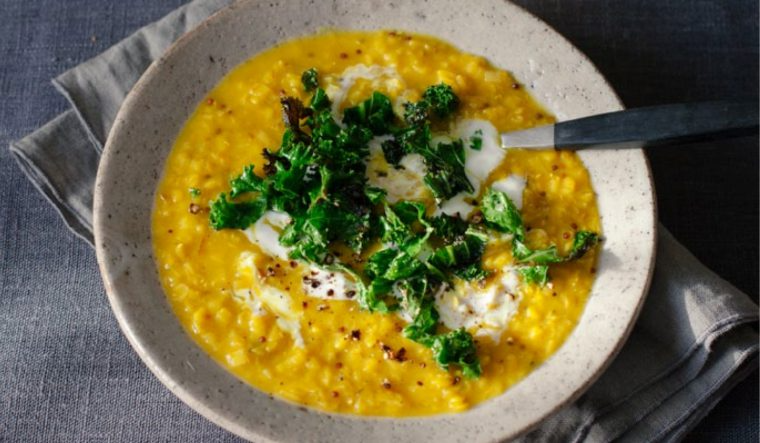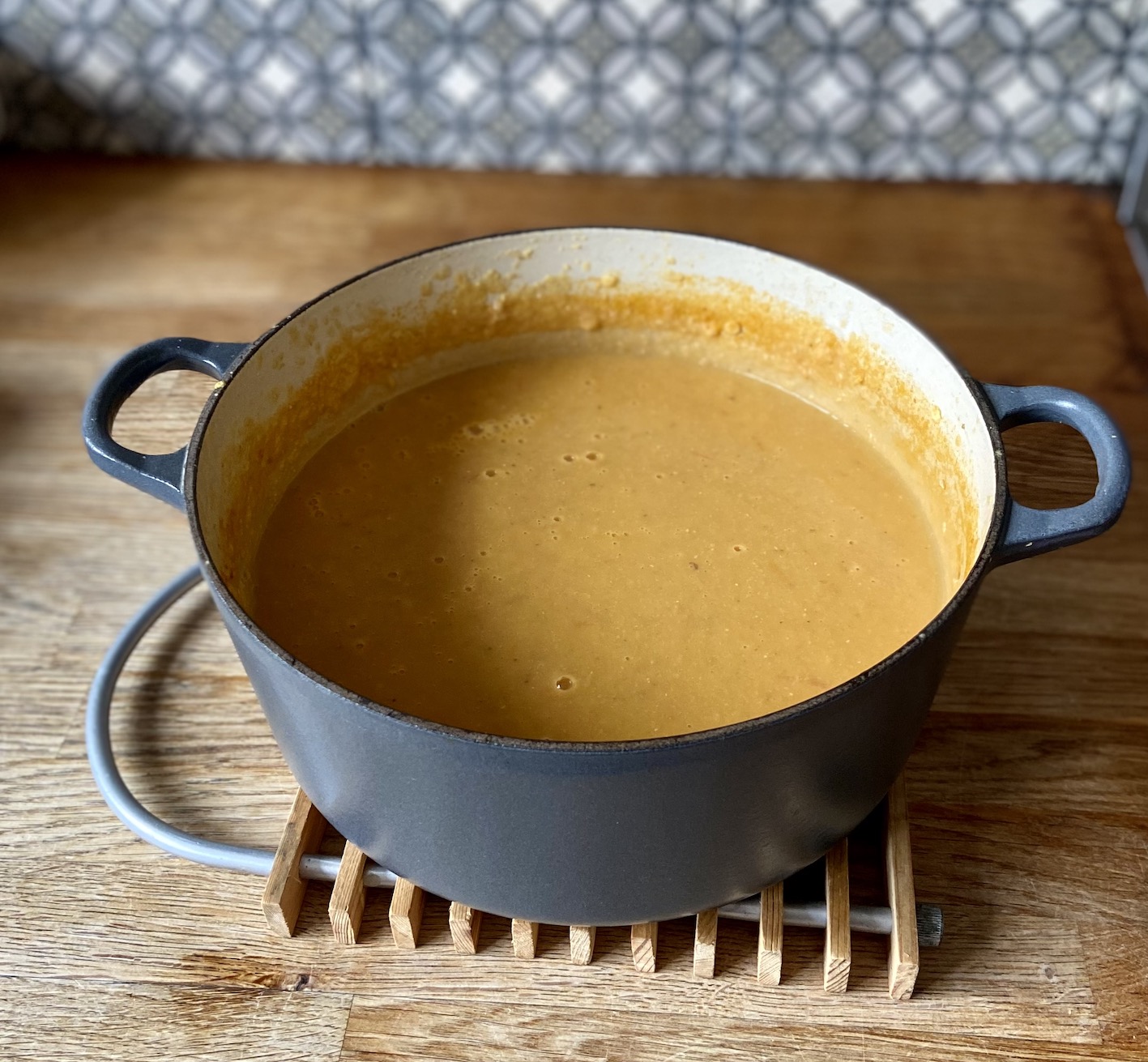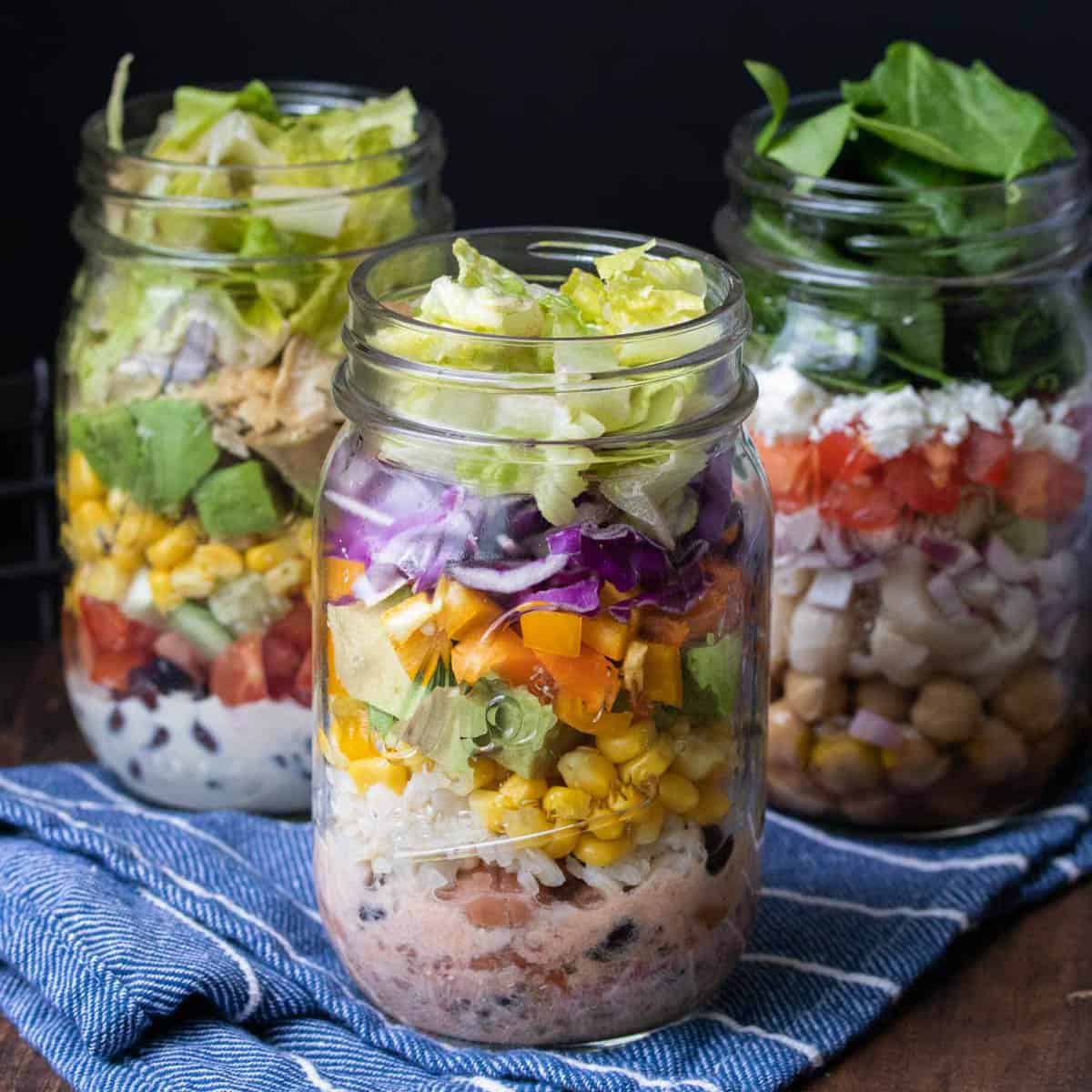
How useful is the BMI?
If you read magazines, watch TV, see a doctor occasionally or have ever been on a diet, you’ll have heard of the BMI or body mass index. It is a number used to assess whether a person is underweight (BMI <18.5), of a healthy weight (18.5-24.5), overweight (25-30) or obese (>30). It is calculated by dividing body weight (in kilograms) by height (in metres) squared.
Although widely used and known by all, the BMI is not actually a very useful parameter to assess health or even weight. Why?
Take a chunky rugby player, six feet (183 cm) tall, weighing 16st (101kg). His BMI is 30.3, making him ‘overweight’. Yet he has a 32-inch waist, is all muscle and fighting fit. Now compare him to an armchair rugby watcher, also six feet tall, weighing 16st, but with a beer belly and a largely sedentary lifestyle. He would have the same BMI, but it doesn’t take an expert to see that the two men couldn’t be more different. For this reason, the BMI alone has limited significance in assessing good health because being ‘overweight’ or not according to BMI means nothing without knowing one’s body composition.
The BMI does not account for a person's muscle mass. In very muscular people, it suggests ‘overweight’ when they really are slim and healthy. In older people, a ‘healthy weight’ can be anything but, because muscle mass decreases with age, and their fat percentage is high for their weight. In addition, the BMI categories used in Western countries are less suitable for people of other ethnic backgrounds because they have a different stature than white people.
What is body composition, and why does it matter?
'Body composition' is the body's ratio of water, muscle, bones, and fat. A body fat percentage of 8-25% is considered normal for men and 20-35% for women. Knowing where the body fat is situated also gives clues about our health. Studies have shown that fat deposited in the abdomen is more problematic than fat elsewhere because it is metabolically active, upsetting hormone levels and causing or exacerbating inflammation. It can also surround and even penetrate vital organs, impairing their function.
Muscle mass, on the other hand, is ‘expensive’ tissue. That means it burns more calories than fat. The basal metabolic rate (BMR) describes the minimum number of calories a body needs to function. Most people’s BMR lies between 1,000 and 2,000 kcal/day, depending on height, weight, sex, and age. If that strikes you as too little, you’d be right. This is just the absolute minimum of calories you need to lie down and breathe. Once you consider activity levels, the calorie requirement goes right up. A low BMR means your body doesn’t burn many calories in a rested state, and you are likely to put on weight quickly, finding it hard to shed. Building muscle increases the BMR because even when not in use, muscle tissue requires energy, i. e. it burns calories.
How can I measure my body composition?
Accurate body composition often reveals surprises. People with a favourable BMI may turn out to be TOFI: thin on the outside, fat on the inside.
Elaborate methods are used in research to determine body fat percentage as accurately as possible. In a medical or nutritional practice, a so-called bioelectrical impedance analysis (BIA) can help to estimate the body fat percentage. It also usually calculates the BMR. BIA devices measure the resistance in the body and thereby evaluate the body’s water content. From this, in turn, the fat content can be roughly estimated. However, it is not necessary for most people to determine the exact body fat percentage. There are also commercially available scales that make it possible to estimate the body fat content using BIA.
Another measurement you can use is the waist-to-hip ratio. It is calculated by dividing the waist circumference in centimetres by the hip circumference in centimetres. A value of more than 1 for men or more than 0.85 for women is considered unfavourable.
Your body fat percentage is high. Now what?
Now that you know, you can do something about it. If your BMI is high, your doctor may already have advised you to lose weight. It may surprise you that cutting calories is not the answer.
If your body fat percentage is elevated, your BMR will likely be low. Many calories you eat are not burned, and any excess is deposited as – you guessed it – more fat. Eating less (fewer calories) seems to be the reasonable solution, but the body is not stupid. If less energy comes in, it will reduce energy expenditure (i. e. reduce its basal metabolic rate). You may feel cold and tired as a result. Muscle tissue may be burned for energy, with the added bonus that it is then gone and won’t cost the body any more of those precious calories. After a while, you’ll get fed up with being tired, cold and hungry all the time and start eating more again. But – surprise – you put any weight lost back on and then some because now that your body has turned down the dial, you are burning calories even less efficiently than you did to begin with. From now on, you are likely to put weight on even more quickly than before.
Increasing the BMR, however, is a lot more helpful; for this, you need to build muscle. More calories need to be burned to supply all this new muscle tissue with energy, and less gets deposited as fat. In fact, if you play your cards right, that pesky body fat can even be burned for energy. Your body composition improves as muscle tissue builds up and fatty tissue is reduced.
So, to improve your body composition, you must find a way to
Here are my tips to improve your body composition.
Low-carb eating for fat loss
Decreasing your intake of sugar and refined carbohydrates can have a beneficial effect on body composition. Numerous studies report improved body composition with a low-carb diet.
Every time we eat, our blood sugar - or rather blood glucose - level goes up. Whether that's by a little or a lot depends on what the meal consisted of. If it was high in sugar or refined carbohydrates, the blood sugar level rises high. If it was a meal with few carbohydrates and most of those complex carbs, it might just go up a little.
High blood sugar is hugely damaging to body cells. It ‘sugar coats’ cells, making them stiff and unresponsive. As that can be almost any kind of cell, the symptoms caused by long-term high blood sugar (aka diabetes) are highly varied and can affect the heart, the kidneys, the eyes, the nerves incl. the brain, and more. To avoid damage, if blood sugar (glucose) levels are high, insulin is released to bring them back down to a healthy level again as fast as possible.
Insulin works by moving glucose inside cells, where it can be used to create energy. However, the cells can only take up so much glucose at any given time. What can’t be squeezed in will continue to circulate, and that’s not an option. So, another thing insulin does is convert excess glucose into fat, which gets stored in fat cells. It can be converted back into glucose if needed, though it usually never is. Instead, more and more glucose from sugary and starchy foods adds to the build-up of fat every day.
Foods that are low in carbs but high in fat and/or protein do not have that effect. Yes, even fat does not make you as fat as sugar and carbs! The food we put into our mouths is more than the sum of its components. What really matters is what our metabolism makes of what we supply. Therefore, it is not as simple as: “Fat makes you fat”, no matter how logical that sounds.
If glucose levels rise fast and high (as they do after sugary or starchy foods), a lot of insulin is released at a time to deal with the problem as quickly and efficiently as possible. As a result, the blood sugar level drops again, now overshooting its mark and ending up too low. This, too, is a problem, as a certain amount of glucose is required at all times, not least to support the brain. At this point, you may feel tired, unable to concentrate, irritable and hungry. Willpower and reason go out of the window. We now need something fast, ideally something sweet as we know it will make us feel better.
Fatty foods do not affect blood sugar levels at all, and high-protein foods only minimally. Complex carbohydrates – the kind that releases glucose slowly – raise blood sugar levels gently and not as high. Less insulin is required to deal with it, and that, in turn, reduces blood sugar drops, too. You’re fuller for longer, and cravings become a thing of the past.
Eat protein with every meal
Making sure that good quality protein is part of every meal you eat kills two birds with one stone. Because it barely affects blood glucose, there will be no steep drops, and you’ll not end up as ravenous as you would on the usual high-carb diet. Being hungry all the time is what makes most people fall off the waggon when dieting, so, clearly, avoiding hunger is a significant advantage.
To improve your body composition, you’ll also need to build muscle. You'll exercise to achieve that, but that new muscle must be made from something, which is where protein comes in. To create new muscle tissue, you need protein, so tuck in!
Good protein sources are meat, fish, seafood, eggs and dairy. The best vegan ones are nuts, seeds and pulses (beans, lentils, chickpeas – also contain carbs). However, they are not 'complete', meaning they do not have all eight essential amino acids. The way around it is to also include grains in the diet – which are, of course, a source of starch. Grains and pulses don’t necessarily have to be consumed in the same meal, but both must be part of a vegan diet.
Sustainable calorie reduction
On the face of it, this seems to be the trickiest part. We have seen, after all, that eating too little only causes the body to reduce the basal metabolic rate, which is counterproductive, so we must find a way to preserve muscle despite a low calorie intake. Also, we know that low-calorie diets make us miserable, making it less likely for us to continue.
One gram of fat contains 9 kcal. The same amount of carbohydrate or protein contains just 4 kcal. It looks like a no-brainer: Cutting out fat will hugely reduce the calorie intake, and it is for that reason that conventional diets recommend you do that. Yet, as we have seen, metabolic processes matter much more than the actual number of calories. Low-fat inevitably means high-carb, and we’re en route to weight gain and misery (see above). As protein is just as low in calories as carbohydrates, I recommend increasing the share of protein in your diet.
How filling are starchy carbs? Does a bag of crisps or a packet of biscuits stave off hunger? Most people’s experience is that not long after eating starchy carbs, hunger starts niggling again and – surprise – there seems to be room for more. Not so if you increase your protein intake. You’ll soon find that you’re satisfied. There is only so much protein you can eat. That way, diets that are higher in protein naturally reduce calorie intake.
Time-restricted eating
Another way to effortlessly reduce calories is time-restricted eating. This means eating only during an 8- or 10-hour window and not eating during the remaining 16 or 14 hours of the day. That means just skipping one meal – either breakfast or dinner – and not snacking during the fasting period.
This way of eating may be much closer to the eating pattern we evolved to maintain. Hunter-gatherers don’t usually sit down for breakfast, lunch and dinner, after all, snacking in between. Humans evolved to eat when hungry and could only eat when the hunt or the foraging trip had been successful. Our bodies are well equipped to bridge the gap while we’re not eating. Body fat accumulated when food was available can now be converted back into glucose. This process cannot happen when glucose levels are up all the time. During fasting, with no new energy coming in, there is finally an opportunity to burn fat.
Not eating for 14 to 16 hours every day may seem daunting. You may find time-restricted eating difficult if your diet is based on carbohydrates. However, if you increase your protein intake and consume adequate healthy fat, you may be surprised to find that you are not feeling hungry and do not even miss that meal you’re skipping.
What not to eat or drink
If you want to improve your body composition, there are certain foods or drinks you may want to give a wide berth:
Cakes, biscuits, crisps, ice cream, ready meals, takeaways and almost anything you can buy ready to eat is not just highly processed but also choc-full of unhealthy fats, sugar, salt and additives. These foods are designed to make us want more. It's not your fault that your hand repeatedly goes back into the crisp packet until it’s empty. You’re supposed to. The best thing you can do for your body is to learn how to prepare your own meals and snacks from scratch. They’re tastier, healthier and more satisfying.
Soft drinks are sugar dissolved in water. Regarding our metabolism, it does not even make a difference whether your drink is cola or freshly squeezed fruit juice. The latter may contain more nutrients than the former, but the sugar content is almost exactly the same, and so is its impact on your blood sugar levels. If you regularly consume soft drinks, switching to water is the single most significant step to improving body composition.
Like soft drinks, alcoholic drinks contain just empty calories. They do not have any nutritional value and are even toxic. Avoid.
Improve your body composition
So, there you have it. The BMI is a less than useful measure of body weight. What really matters is body composition. If you need to lose fat and build muscle, implement the dietary changes described above and introduce regular resistance exercise into your life.
Want to know more? Why not book in a free 30 minute health review with me – just click here.
Increase protein and keep your carb intake low. Low-carb diets are much better at promoting fat loss than low-calorie diets. At the same time, they are more sustainable as you won’t feel as hungry. Once you get settled into your low-carb diet, up the ante by introducing time-restricted eating. However, take care not to restrict your calorie intake too much as this may cause the loss of muscle mass.
Want to know more? Why not book in a free 30 minute health review with me – just click here.

Lemony Lentil and Kale Soup
Functional Foods for Menopause - These are foods that actually do stuff in the body. On one level, the food you eat can help balance your blood sugar and energy levels. On another it keeps you feeling satiated and also nourishes you. The cherry on top is to use the very subtle yet magical powers of food to help support your body in times of need.
At this time of your life, that means phytoestrogens. Phytoestrogens are plant-based chemicals (the good kind), which are structurally similar to oestrogen and exert a weak oestrogenic effect. They include soy beans, lentils, beans, chickpeas, tofu, barley, rye, oats, alfalfa, apples, pears, carrots, fennel, onion, garlic, sunflower seeds, flaxseeds, liquorice root.
This delicious Lemony Lentil Kale soup fits perfectly and tastes great. Wonderful for the colder weather too.
Ingredients
Serves 4-6
1 tbsp extra virgin olive oil
1 onion, finely chopped
1 tsp turmeric
2 tsps ground cumin
Juice of 2 lemons
250g red lentils
1.5 litres of good quality stock
4 handfuls of kale, washed, trimmed, and shredded
Seasoning
Method

Simple Red Lentil and Tomato Soup
Ingredients
1 tbsp coconut or olive oil
1 large red onion
2 garlic cloves
2 tsp ground cumin
700g cherry tomatoes
200g red lentils
2 vegetable stock cubes
Small bunch fresh parsley/coriander (optional)
Black pepper
Method

Set Yourself Up for Holiday Success
In life, we have many agreements – explicit agreements with others about the things we will do or not do and the implicit agreements we make with ourselves about all sorts of things, including how we will eat and live our lives.
When we honour promises to ourselves and others we feel good.
Every time you break one of these agreements (including those to yourself) you cannot help but be impacted – even if you feel it’s not such a big deal. But over time, these broken promises build up and, before you know it, you’re just not feeling great about life. You start feeling life is hard or you haven’t what it takes, and your motivation to eat well dips.
Holidays are often very different to your everyday life and this is why it is critical to create a new set of agreements around what you will or won’t do on holiday.
That way, you get to keep your word to yourself, and everything is great. When you don’t – and you’ve, therefore, broken ALL your rules - you are likely to find yourself in the nutritional wilderness, continuing to make those ‘holiday choices’ when you return.
So, the first thing to do is to work out what your new agreements are. You will need to choose whether you have an ‘anything goes’ policy for the duration of the holiday with the explicit intention of returning to your regular pattern when you return.
Or you take a view on the kinds of things you don’t always do but you want to do more of on holiday.
The important thing is to be clear which of these paths you are taking. If you do not actively choose, you are in a grey area, which will ultimately end in you feeling unsatisfied because you’re likely either feel deprived or that you have over-indulged.
Be clear on what matters most
If you are choosing to stay close to your plan but you don’t want to eat all the food and drink all the drinks and have to deal with the fallout later, you’ll have to consider what matters most to you when it comes to holidays - and do that but no more.
Work out what’s important when you go on holiday, what the dealbreakers are that – if they’re not part of the holiday – you will feel it’s incomplete.
You might love most about holidays is the freedom of not having a specific schedule, catching up on sleep, reading a few of those books you’ve been promising yourself all year. And it might mean a great suntan, letting your hair bleach in the sun, spending quality time with your partner, and having someone else do the cooking.
When you look back on your summer, it might feel great to know you’ve really rested and recharged, that you’ve laughed every day, and that you’ve enjoyed special family moments.
You might reflect that, although your summer holidays normally include an ice cream every day just because everyone else is having one, really you’re not that fussed.
It may work for you to bring a snack with you (nuts are very portable wherever you are) and to enjoy these while others are having the ice cream because that’s what you choose to do.
Ask yourself these questions:
If you are clear about what you want from your holiday – and what you don’t want – you can put a plan in place that works for you and allows you to get the most out of your holiday. And don’t forget to plan for when you get home. How long would you like these holiday rules to apply?
And if you’d like to know more, why not download my free guide – The Ultimate Holiday Eating Strategy.

Mason-Jar Salad Recipe
New recipe!! You might have seen mason jar salads on social media. They’re great – and not just because they look cool in a photo. It’s easy to make a couple of day’s-worth in one go, saving you time in the kitchen.
It is a kind of upside-down way to make your salad but ensures the whole lot doesn’t go soggy by lunchtime. Simply empty it out onto a plate when you’re ready for it and the ingredients you put in first (the wetter ingredients) end up on the top, while the more delicate ingredients like the salad leaves end up on the bottom without being squashed.
Here’s how you make your own in simple steps:

Ways to Restore Body Confidence
How often do you look in the mirror and criticise the image reflecting back at you? Or look at a recent photo and inwardly cringe at your arms / legs / bum / tummy?
Chances are...this happens quite regularly.
But what do you think your friends or family would say if they looked at the same photo? Would they criticise, or would they be more likely to mention how much fun you looked like you were having? How great your hair/skin/clothes looked?
We can be our own worst enemies when it comes to negative self-talk. Having objectivity and focusing on the good points is something that many people just don’t do. I’ll bet you promise yourself that the next diet will be the one that works, that if you could only lose a stone life would be so much better...
The reality is that feeling good is not a number on the scales or a smaller dress size. It comes from within, and no amount of weight loss will change that. If working on turning your inner critic into your biggest cheerleader is something that you need help with, then read on. I’ve put together a series of exercises to restore your body confidence and help you feel fantastic every day.
How to learn to love your body
Throughout history, and across different cultures, body shape has always been a determiner of attractiveness and desirability and is often linked to wealth, health, and status.
The rise of social media has made it easier than ever to compare yourself unfavourably with others and lead you to aspire to a way of looking that is unrealistic and unattainable for the majority of people. No wonder you are so dissatisfied...
In 2020, the UK Government’s Women and Equalities Committee conducted a survey on body image and found that 61% of adults and 66% of children feel negatively or very negatively about their body image most of the time.
Women spoke of needing to feel thin and curvy, while men expressed a desire to be taller or more muscular. Children as young as 11 gave ‘images on social media’ as being the thing that influences them the most, perhaps not fully understanding that these are often photoshopped and edited.
Does this sound familiar?
Learning to accept your body just as it is
You may not love your body right now, but even if it is not your ideal, it is important to accept your body for how it is. Constant negative thoughts and criticism will not only make you feel worse, but also make you far more likely to rebel with ‘what difference will it make?’ thinking. If you wouldn’t say it to your friend, then don’t say it to yourself.
Positive reinforcement is much more effective - if you use kind words and praise when you think about your body, you are much more likely to succeed in your health goals.
So next time you catch yourself focusing on your ‘worst’ bits in the mirror, switch your view to the bits you like best instead: start redressing the balance.
What can you do to improve your body image?
Mirror work: Look at yourself in a mirror for a few minutes each day. Work up to accurately and honestly describing each part of your body - but using no negative words. Stop the exercise if this happens and return to it the next day. This is all about creating an acceptance of your body for how it is now.
Wear clothes you look and feel good in – store or throw away anything that doesn’t fit.
Don’t weigh yourself more than once a week (less if possible).
Avoid influences which continuously push the ‘ideal’ and encourage you to compare yourself. Look for healthy, inspirational social media feeds to follow instead.
Use positive self-talk and affirmations to reinforce and support yourself. You can be kind and honest to yourself - what would someone who loves you say to you? Be your own supporter and you are much more likely to succeed.
Start being your own superfan
It’s all too easy to focus on how you look, without giving any time or energy to other areas of your life. So, let’s take a minute to think about your other strengths – do people tell you you’re an amazing cook, a wonderful mum or a great colleague? Are you incredibly organised, the life of a party, or always there for your friends?
Everyone has their signature strengths, strengths that are a unique combination. Take a little time now to think about three things that you really like and admire about yourself.
Whenever you hear your inner critic starting to whisper negative thoughts, focus on these three things (from the exercise above) instead. Rehearse them regularly and they will start to be part of the way you think about yourself.
Reminding yourself of what is great about you provides the right balance to support lasting change.
Would you like to know more? Contact me for my full guide with exercises to help you restore your body confidence. I’m here to help.
![]()
Please get in touch and find out more - I offer a free 30-minute exploratory call.